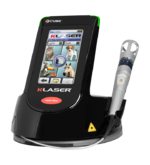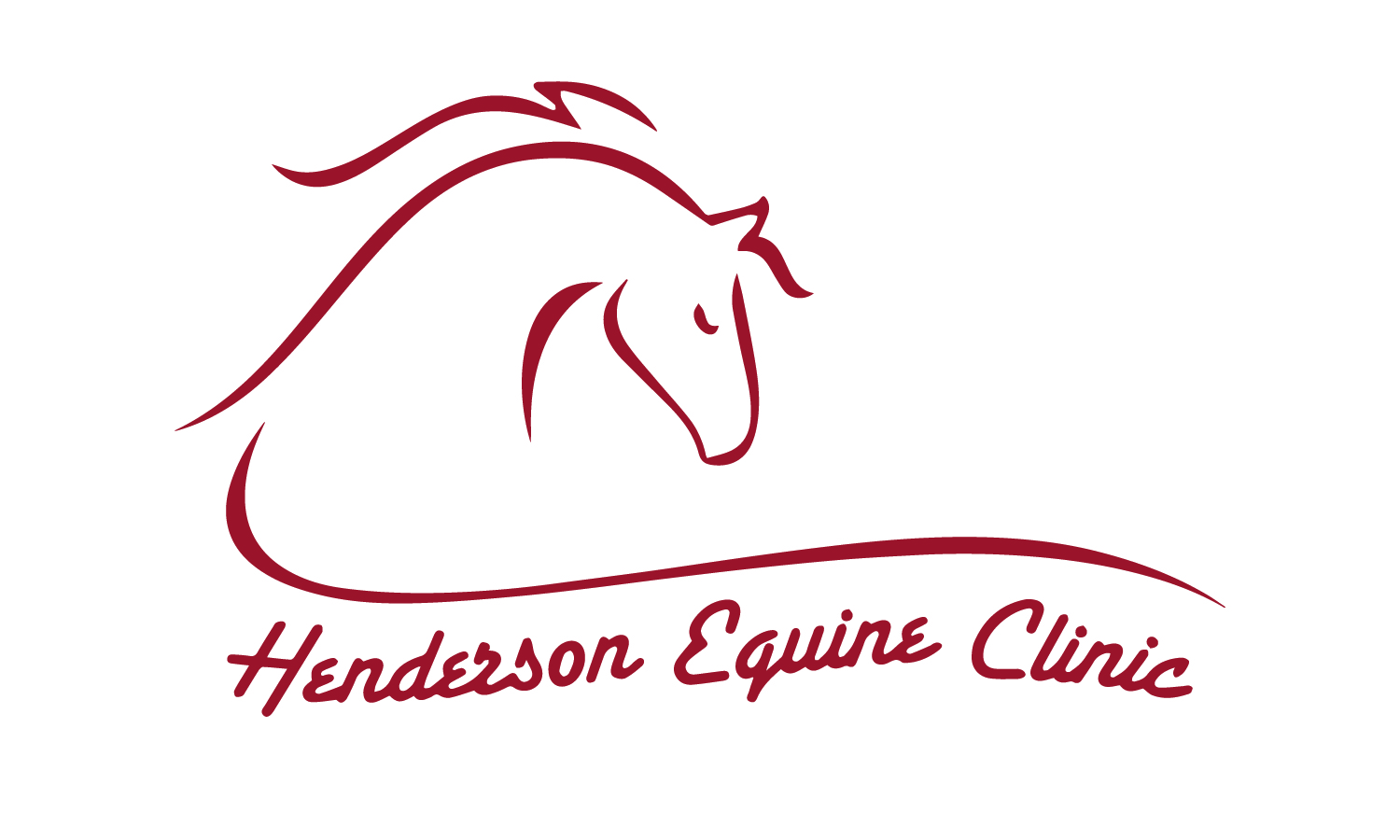What is Laser Therapy?

Laser Therapy, or “photobiomodulation”, is the use of specific wavelengths of light (red and near-infrared) to create therapeutic effects. These effects include improved healing time, pain reduction, increased circulation and decreased swelling. The effects of red light on cellular function have been known since 1880 however the clinical benefits were only discovered by accident during laser safety tests in 1967. The first low-power lasers suitable for treating pain became available commercially in the late 1970's and ever since then, laser therapy has been widely utilized in Europe by physical therapists, nurses and doctors. Now, after FDA approval in 2001, laser therapy is quickly gaining popularity in the USA.
Cellular Effects of Laser Therapy
The infrared laser light interacts with tissues at the cellular level and metabolic activity increases within the cell, improving the transport of nutrients across the cell membrane. This initiates the production of cellular energy (ATP) that leads to a cascade of beneficial effects, increasing cellular function and health. Laser energy increases circulation, drawing water, oxygen, and nutrients to the damaged area. This creates an optimal healing environment that reduces inflammation, swelling, muscle spasms, stiffness, and pain. As the injured area returns to normal, function is restored and pain is relieved.
Has effectiveness been demonstrated scientifically?
Yes! There are more than one hundred rigorously controlled, scientific studies that document the effectiveness of laser for many clinical conditions. That said there are four widely accepted therapeutic benefits of laser therapy that can be backed up with peer reviewed scientific research:
Biostimulation/Tissue Regeneration
Reduction of inflammation
Pain reduction (chronic and acute)
Antibacterial and antiviral
A great resource for scientific studies involving animals and Laser Therapy is http://www.k-laserusa.com/results-research/k-laser-library/
Patient Benefits of Laser Therapy
Laser Therapy is proven to biostimulate tissue repair and growth. The laser accelerates wound healing and decreases inflammation, pain, and scar tissue formation. In the management of chronic pain Class IV Laser Therapy can provide dramatic results, and is virtually free of side effects. Some therapeutic applications which have shown promising results in horses based on studies include:
Arthritis • Back Pain • Dental Applications • Laminitis • Nerve Regeneration • Pain (Musculoskeletal, Myofascial, Nerve) • Scars • Skin Disorders • Sports Injuries • Tendonitis • Wound Healing
We utilize a Class IV Therapeutic Laser (K-Cube 4 from K-Laser USA). We have been very pleased with the ability of therapeutic laser treatments to assist in decreasing inflammation and pain, specifically in cases of chronic arthritic or inflammatory conditions. This can help increase the interval between traditional medical therapies (anti-inflammatories, intra-articular injections, etc).
Dr Bonny is very excited to be able to offer K-Laser therapy to her chiropractic patients, especially to help relax muscles and decrease inflammation in areas that the patient may dislike having adjusted. For her acupuncture clients, she is able to utilize a setting on the K-Laser that is used to stimulate accupuncture points, allowing treatment of needle shy animals, or of points that may be difficult to place needles.
Laser therapy has also been indicated for use in the treatment of tendons, wounds and incision lines, decreasing healing time, decreasing the formation of proud flesh and scar tissue, and helping to decrease patient rubbing and itching at incisions sites.
Dr Bonny applying K-Laser therapy to a hind leg with some tendon sheath filling (wind puffs).
Using K-Laser therapy to treat a senior horse with chronic abscess and founder.
Treatment Plans
What does a treatment feel like? Are there any side effects or associated risks?
There is little or no sensation during treatment. Occasionally the patient feels mild, soothing warmth or tingling. Areas of pain or inflammation may be sensitive briefly before pain reduction.
During more than twenty years of use by healthcare providers all over the world, very few side effects have ever been reported. Occasionally some old injuries or pain syndromes may feel aggravated for a few days, as the healing response is more active after treatment.
What does a typical treatment regimen look like?
Many conditions will be treated with three sessions in the first seven days and then one therapeutic laser session/week for the following three weeks. Follow up therapy can be managed as needed.
The typical treatment is 3 to 9 minutes, depending on the size of the area being treated. Acute conditions may be treated daily, particularly if they are accompanied by significant pain. More chronic problems respond better when treatments are received 2 to 3 times a week, tapering to once a week or once every other week, with improvement. The amount of treatments required depends on the nature of the condition being treated. For some acute conditions 1 to 6 treatments may be sufficient. Those of a more chronic nature may require 10 to 15 (or more) treatments. Conditions such as severe arthritis may require ongoing periodic care to control pain.
Your horse may feel improvement (pain reduction) after the very first treatment. Sometimes they will not feel improvement for a number of treatments. This does not mean that nothing is happening. Each treatment is cumulative and results are often felt after 3 or 4 sessions.
Can it be used in conjunction with other forms of treatment?
Yes! Laser Therapy is often used with other forms of therapy, including physical therapy, chiropractic adjustments, anti-inflammatories, massage, soft tissue mobilization, electrotherapy and even following surgery. Other healing modalities are complementary and can be used with laser to increase the effectiveness of the treatment.












